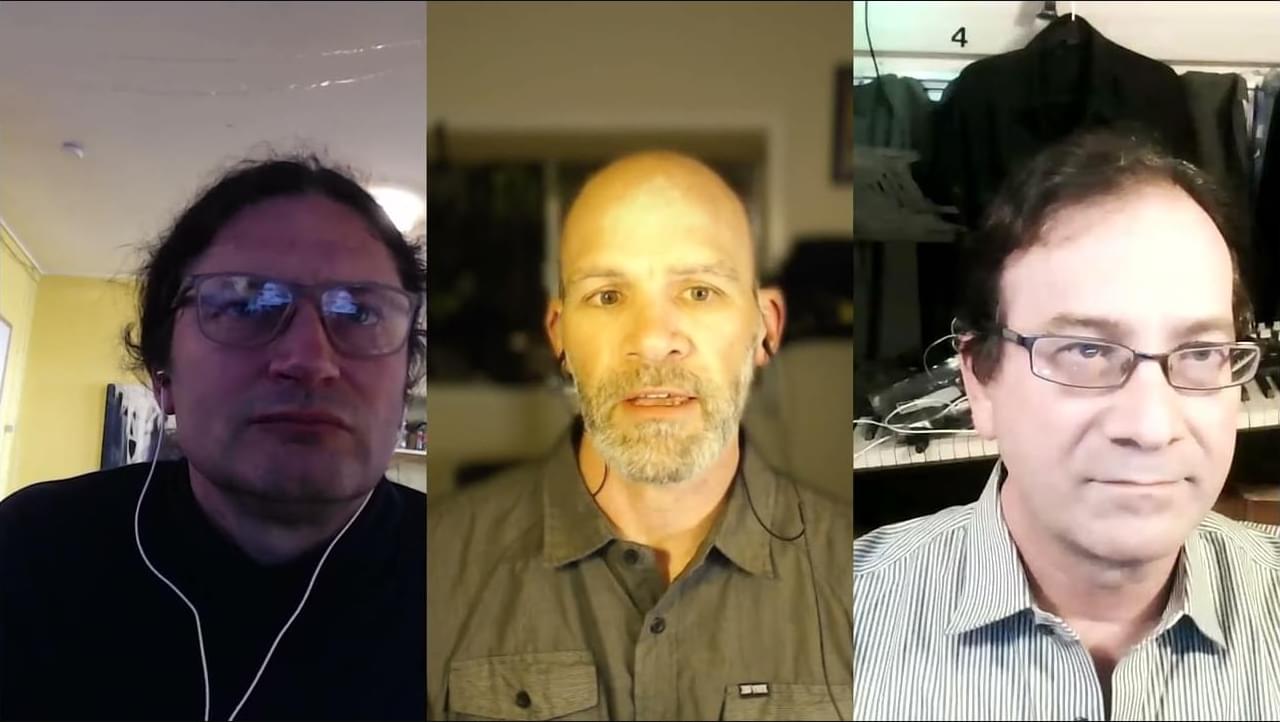Aug 24, 2024
Can LLMs Help Reframe Human Consciousness?
Posted by Dan Breeden in category: neuroscience
LLMs can open new doors to cognitive and perhaps even conscious expansion, influencing how we experience and interpret the world.
LLMs can open new doors to cognitive and perhaps even conscious expansion, influencing how we experience and interpret the world.
Discover how cognitive connectivity, powered by LLMs, ignites creativity, fuels joyful curiosity, and transforms the way we think and learn, in the emerging Cognitive Age.

Common push puppet toys in the shapes of animals and popular figures can move or collapse with the push of a button at the bottom of the toys’ base. Now, a team of UCLA engineers has created a new class of tunable dynamic material that mimics the inner workings of push puppets, with applications for soft robotics, reconfigurable architectures and space engineering.
Inside a push puppet, there are connecting cords that—when pulled taut—will make the toy stand stiff. But by loosening these cords, the “limbs” of the toy will go limp. Using the same cord tension-based principle that controls a puppet, researchers have developed a new type of metamaterial, a material engineered to possess properties with promising advanced capabilities.
Continue reading “Engineers make tunable, shape-changing metamaterial inspired by vintage toys” »

The U.S. Department of Transportation (U.S. DOT) announced a plan to deploy new technology to ‘enable vehicles to communicate with each other’ in hopes of reducing motor vehicle crashes.
Scientists are trying to build a new sort of satellite, and have recently tested their idea with the Starling Formation-Flying Optical Experiment, or “StarFOX.” You may be getting flashbacks to the retro Star Fox video game series — and you’d be right to imagine this experiment as a science fiction fantasy brought into reality. There are no space-faring animals here, though.
Basically, StarFOX is a quartet of small satellites that work in tandem — a satellite “swarm,” as it’s sometimes called. This concept isn’t entirely new, but there’s something that sets StarFOX apart from standard satellite swarms. Typically, these conglomerates need external help in terms of orientation — but StarFOX’s four satellites can gauge their own positions with onboard cameras, an ability that could allow them to operate autonomously well beyond Earth orbit.

I don’t know what’s causing the sound problem my apologies.
Randal and Keith discuss WBE, Mind Uploading and fascinating tangents in neuroscience and neuroprosthetics and pathways for the future, as well as the Carbon Copies foundation and the new book ‘Contemplating Oblivion’ by Keith Wiley.
Continue reading “Whole Brain Emulation & Mind Uploading with Keith Wiley & Randal Koene” »
Researchers have discovered a “spatial grammar” in DNA that redefines the role of transcription factors in gene regulation, influencing our understanding of genetic variations and disease.
A recently uncovered code within DNA, referred to as “spatial grammar,” may unlock the secret to how gene activity is encoded in the human genome.
This breakthrough finding, identified by researchers at Washington State University and the University of California, San Diego and published in Nature, revealed a long-postulated hidden spatial grammar embedded in DNA. The research could reshape scientists’ understanding of gene regulation and how genetic variations may influence gene expression in development or disease.
A company spokesperson for the oil drilling and fracking giant declined to name the executive overseeing cybersecurity, if any.
The reef of Tela Bay should be dead if anything we know about coral reefs is true. The harms it faces are manifold, from warm waters to boat traffic to agricultural runoff and murky water.
Not only can the Tela reef survive these hazards, it thrives—as no other reef in the Caribbean thrives. On any given day, live coral cover in Tela is around 65%, almost four times more than the average for the Caribbean (18%).
Scientists are now working hard and fast to try and solve the mystery of why the Tela Reef seems partially invincible, and whether its secret sauce can be applied to other reefs at peril in the Gulf of Mexico.
A superconductivity theory proposed by a Würzburg physics team has been validated in an international experiment that showed Cooper pairs display wave-like distribution in Kagome metals. The finding will enable new technological applications such as superconducting diodes.
